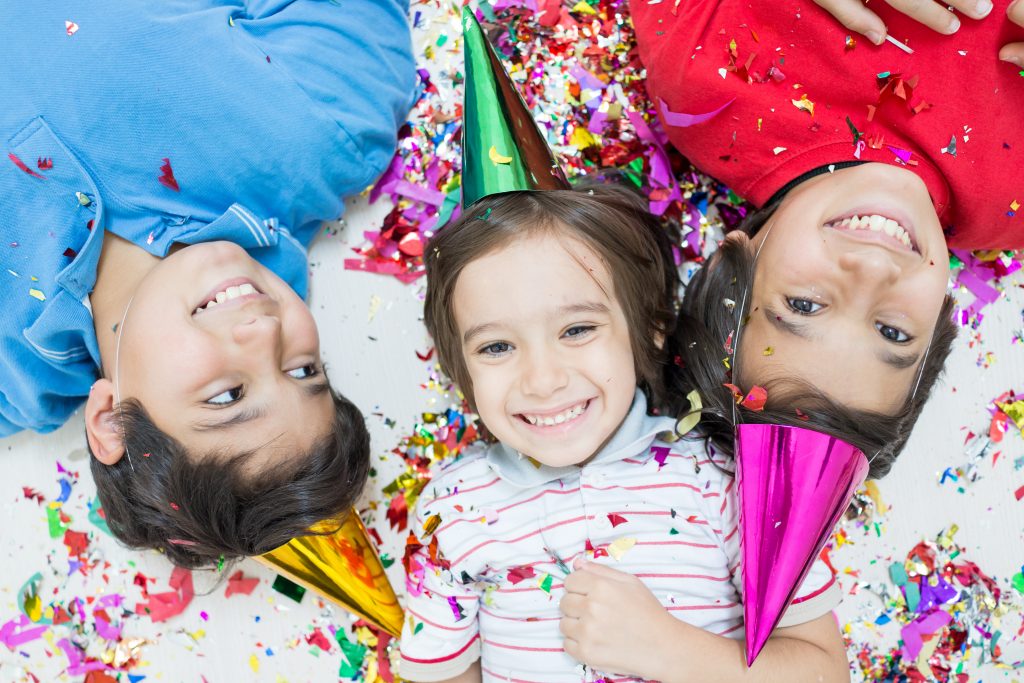As a kid, I remember being allowed to stay up on New Year’s Eve until the clock struck midnight. Then (after giving everyone a celebratory hug) we’d go outside to bang pots and pans. At the time, I didn’t realize that all that pot-banging began as a way to ward off bad spirits. My aunt begins each year by stepping forward on her right foot–to literally start her year off right! On New Year’s Day, our neighbors invite the whole neighborhood over for a pot of Hoppin’ John (black-eyed pea stew) that is said to bring good luck.
These are just a few popular American New Year’s traditions but there are many other customs in the U.S. and around the world. Does your family have a special way to ring in the new year?
All over the world, people celebrate the new year with different traditions. Here are a few awesome examples from around the globe:
Brazil: If you live by the sea in Brazil, it is said to be good luck to jump into the ocean at midnight. The ritual may have been inspired by the Afro-Brazilian religion called Umbanda. In Umbanda, the Water Goddess Lemanjá gives followers the strength to overcome difficulties in the coming year. Brazilians dress in white and toss flowers into the sea before jumping head-on into seven waves (ondas), with a wish granted for each one.
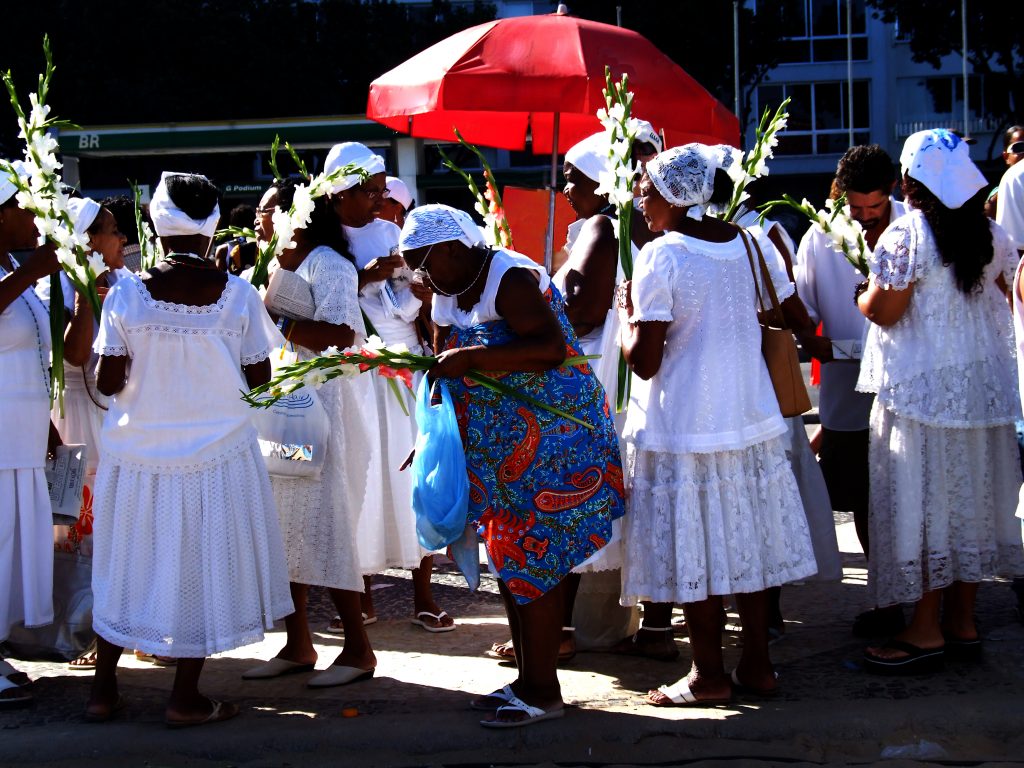
China: Although modern-day China uses the same calendar that Americans do, the traditional Chinese calendar follows both the moon AND the sun, meaning that every year begins with the new moon that appears between January and February. Chinese New Year includes many good luck symbols including the color red, kumquat trees, and fireworks. The holiday centers around a celebratory meal that features dumplings and other delicious foods. Do not sweep on New Year’s Day because you will sweep away all the good luck!

Colombia: In Colombia, it’s a tradition to toss three potatoes underneath the bed: one unpeeled, one half-peeled, and the last one completely peeled. Then you must reach under the bed (without looking) and grab the first potato you touch. If your potato is completely peeled, you’ll have money woes in the new year; half-peeled means some financial troubles; but an unpeeled potato means you will find wealth in the new year!
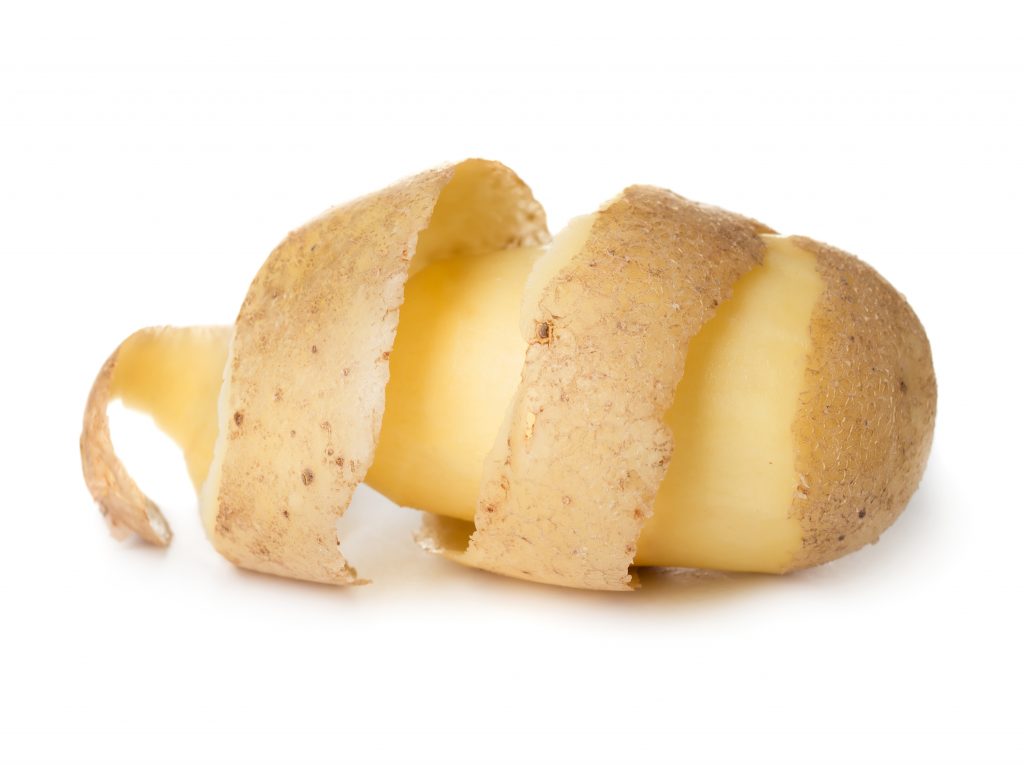
El Salvador: One minute before midnight, people break an egg into a glass of water and let it sit as the year changes. As the egg yolk floats into different shapes, each shape is interpreted as a sign of things to come.
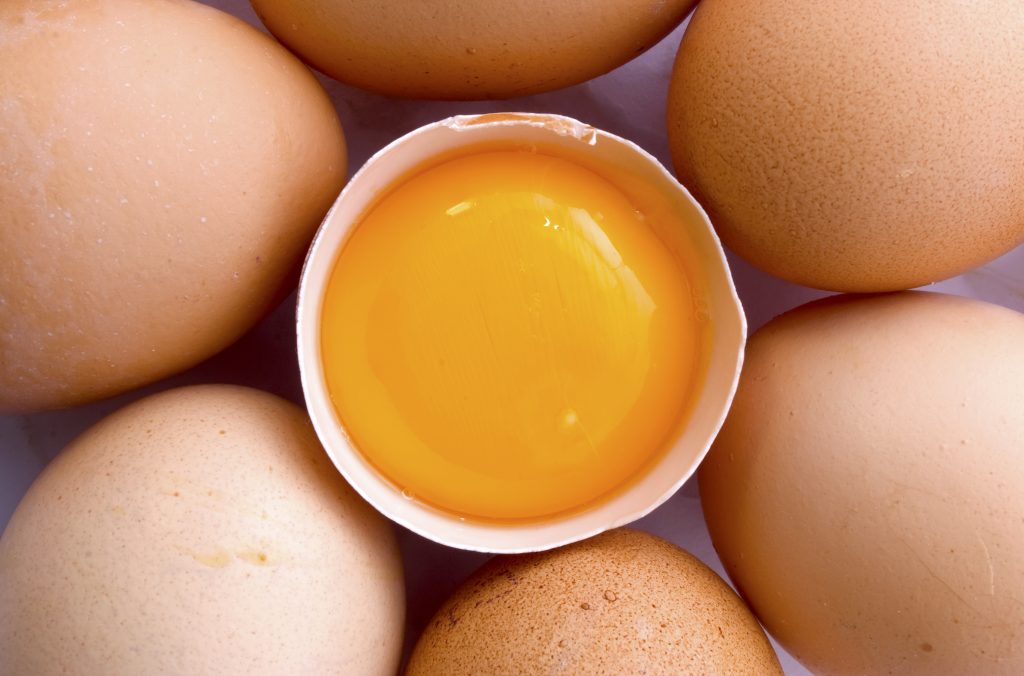
Germany: In Germany, “glück” (pronounced “glook”), means luck and it’s tradition to give good luck charms for the new year. Lucky charms in Germany include many symbols like four-leaf clovers (said to make secret wishes come true), ladybugs,which protect the ailing, red-capped toadstools symbolizing the beauty of nature, and piglets which represent wealth and prosperity — hence the piggy bank!

Greece: On New Year’s Eve, Greeks hang an onion — a symbol of fertility, renewal, and rebirth — on their front door to help the people in the household grow and experience a rebirth of their own in the coming year. It is also said that in certain households, parents wake their children by tapping them on the head with the onion.

The Netherlands: Diving into the frigid winter waters of the North Sea on New Year’s Day is an annual tradition in the Netherlands.The seaside town of Scheveningen gathers the largest crowd, but the swim takes place in locations across the country.

India: Many Indian festivals are based on the Hindu lunisolar calendar. India is culturally rich and every region has its own traditions; because of this, parts of India celebrate New Year‘s festivals at different times of the year. Perhaps the best known is Holi (also known as the festival of colors), an ancient Hindu spring festival. Thousands gather on the streets to paint each other with colored powder in a day of play and celebration.
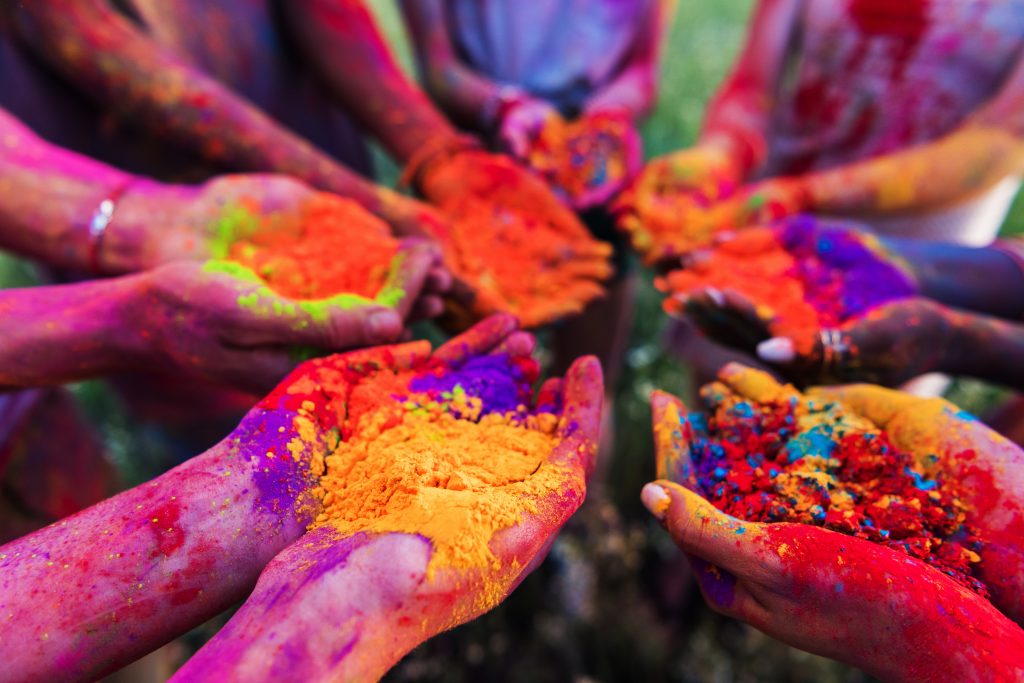
Italy: On New Year’s Eve in Italy, Italians eat sausages and lentils. Lentils symbolize coins and pork sausage (which is quite rich in fat) means prosperity and good luck for the New Year.

Japan: In Japan, in late December, people make wreaths of straw rope, paper strips, and leaves to hang on doors to ward off evil spirits. They also make Kadomatsu — pairs of ornaments made of pine branches and bamboo–that are placed on both sides of entrances to welcome good spirits and deities.
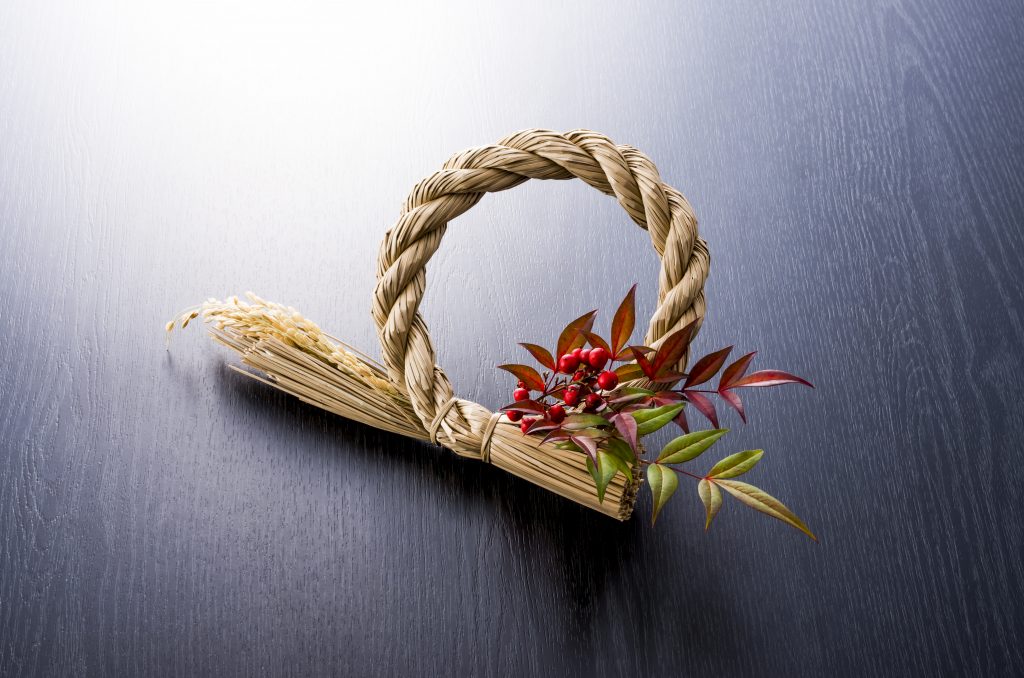
Philippines: On New Year’s Eve, you’ll find round shapes all over the Philippines: circles symbolize coins and prosperity in the coming year. People wear polka dots for luck and many families pile round fruit on their dining tables. Like the Spanish, many Philipine eat twelve round fruits at midnight, grapes being the most popular (see “twelve grapes of luck” in Spanish traditions below.)
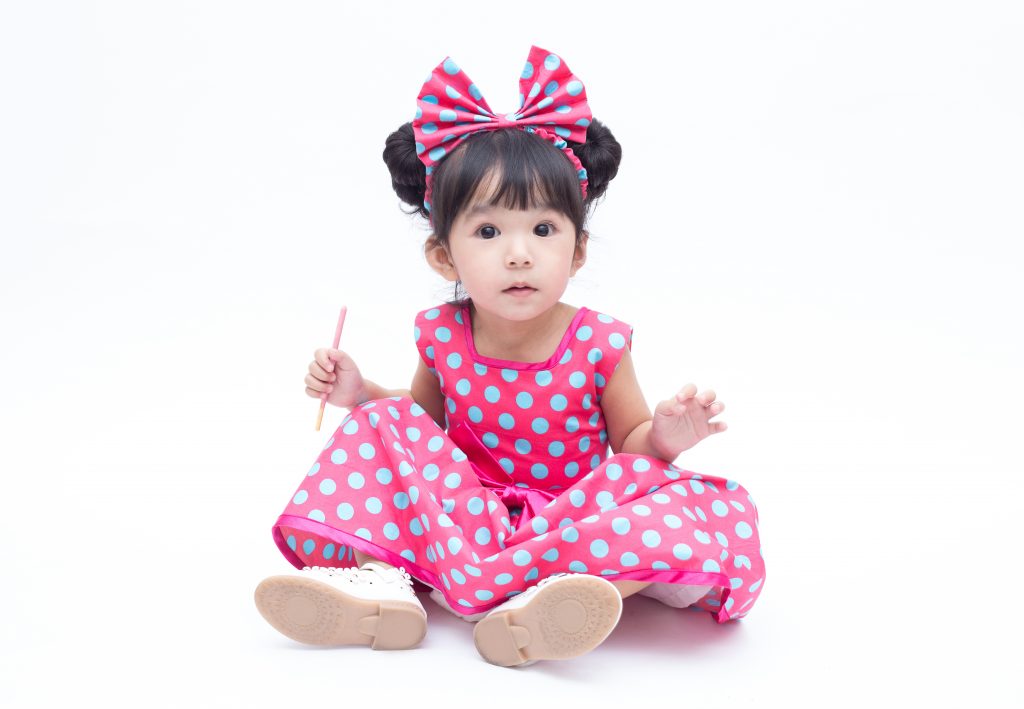
Sweden: Swedes serve rice pudding with an almond hidden inside. It’s believed that whoever finds the almond will receive good fortune all through the new year.
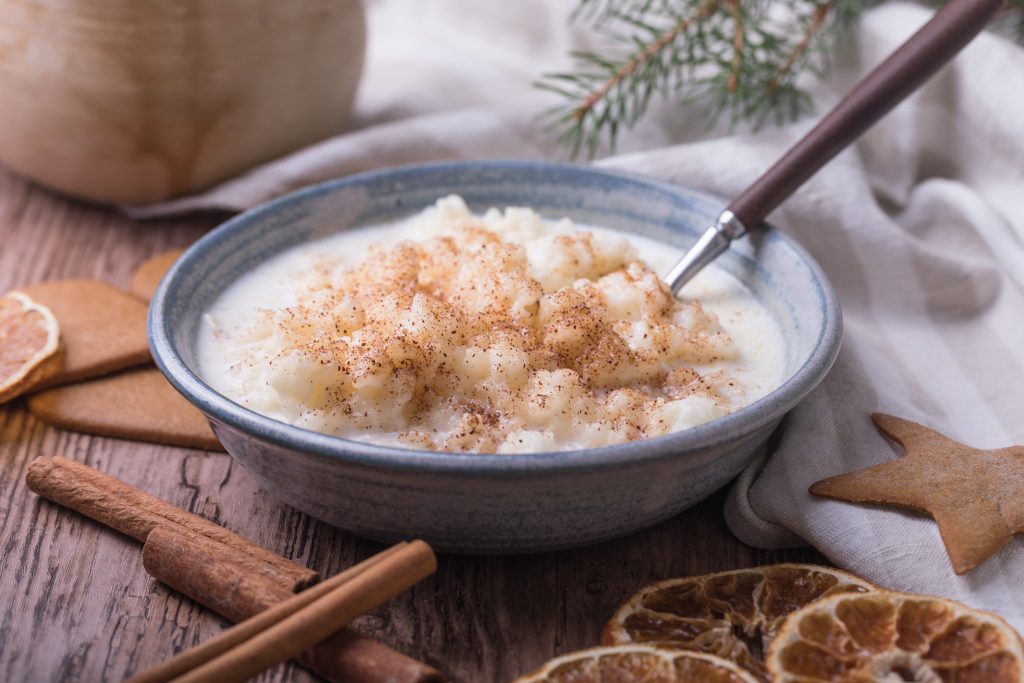
Scotland: In Scotland, people hold fire celebrations — creating giant fireballs and other symbols of the sun to purify the new year. Also, the first person who crosses the threshold of a home in the new year should carry a gift for luck!

Spain: Before the clock finishes striking midnight, people in Spain make sure to eat 12 grapes (representing the 12 months of the new year) while making a wish for every month. Known as the “twelve grapes of luck” (or las doce uvas de la suerte in Spanish), this grape-eating tradition started in Puerta del Sol in Madrid, where people still gather today to share the tradition and welcome the new year.
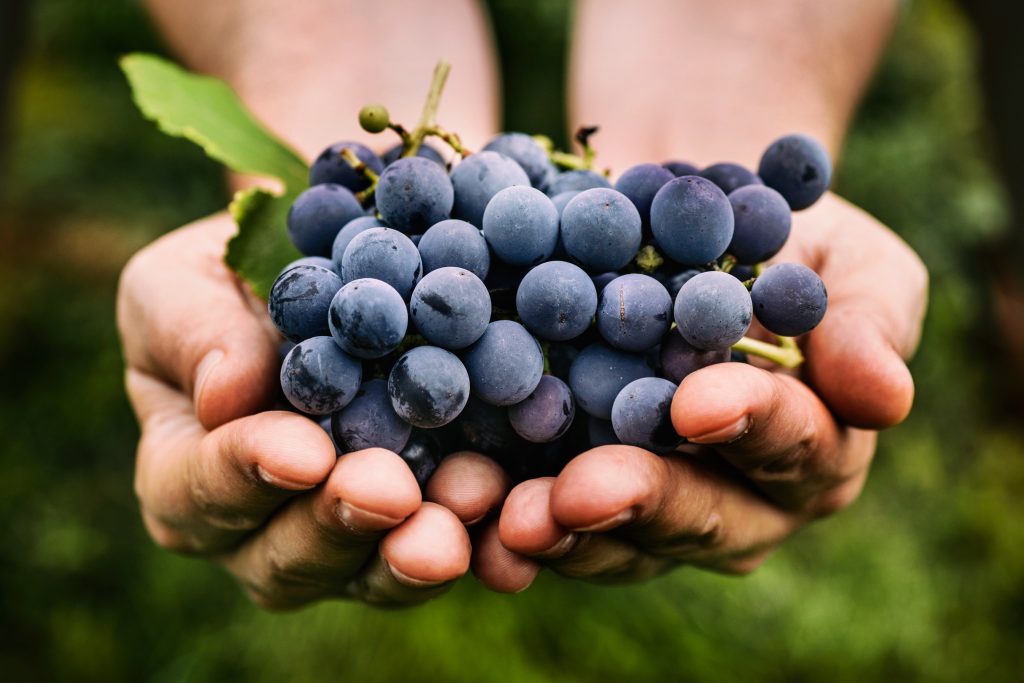
Thailand: Celebrated for three days in April, Songkran marks the traditional Thai New Year. Songkran comes from a Sanskrit word meaning “passing” or “approaching.” Water is an important feature of Songkran. Buddhists visit temples where water is poured on images of Buddha and on the hands of Buddhist monks as a mark of respect. Outside the temples, throwing water is a big tradition, and big fun! People use buckets, hoses, and aqua blasters to soak everyone around them.
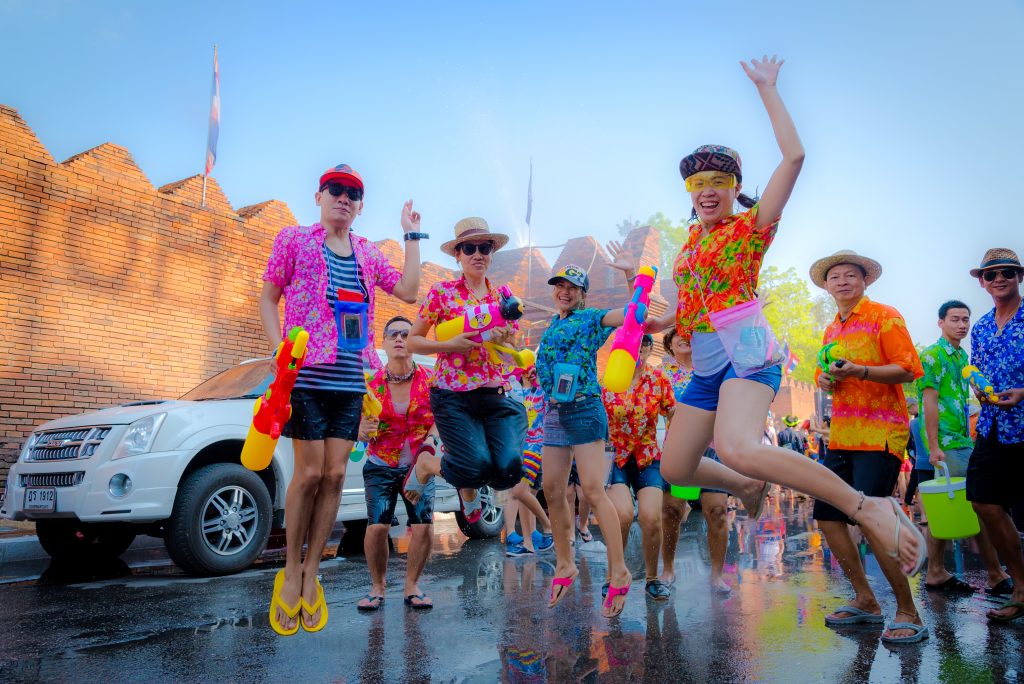
Do you have creative New Year’s traditions? We’d love to hear all about them! Tag us at #kiwico.
Are you interested in exploring a new country and culture every month? Check out Atlas Crate!
